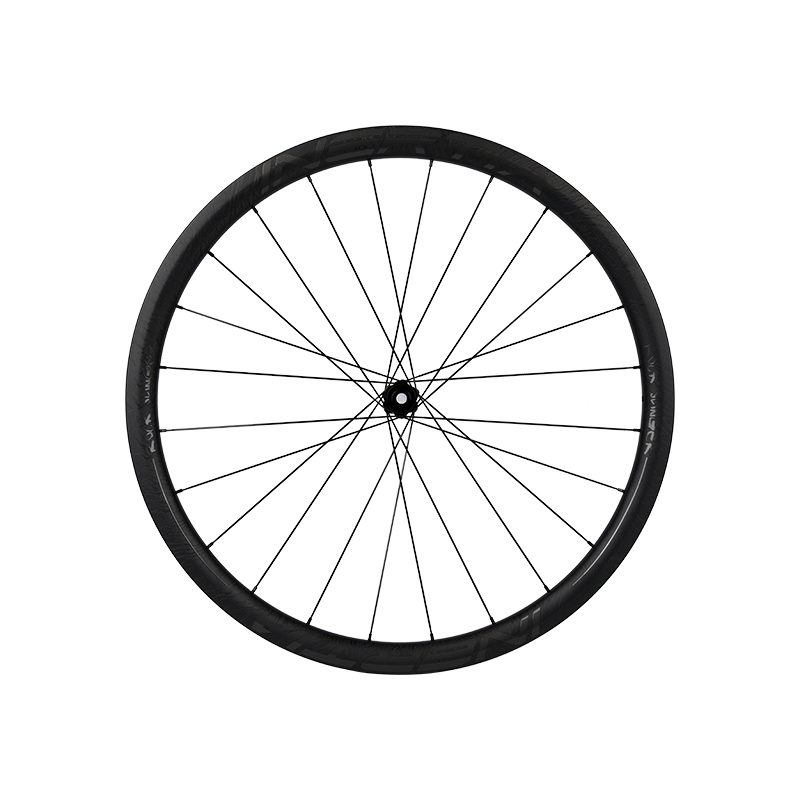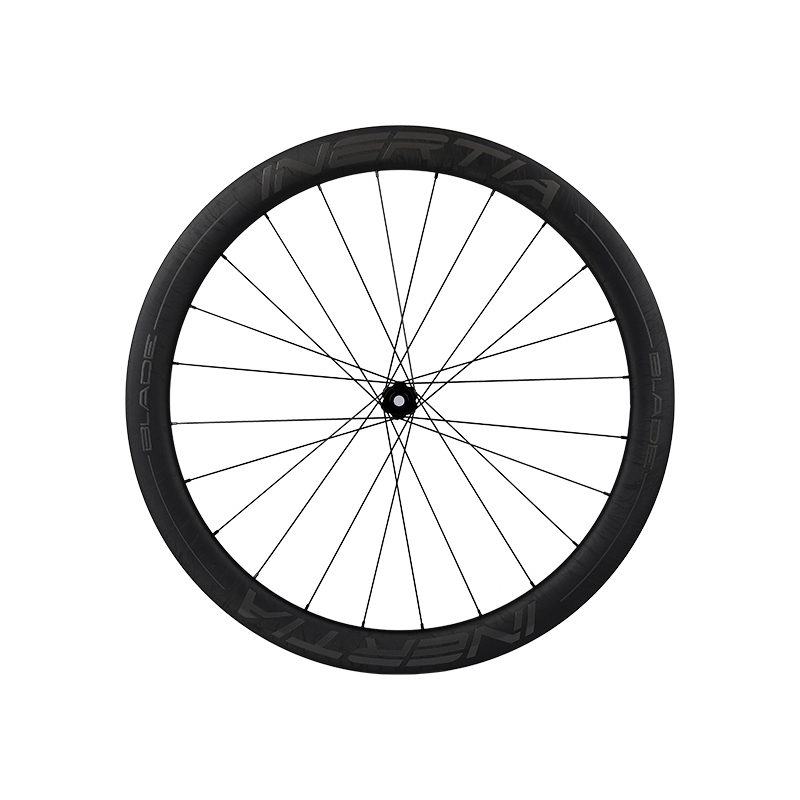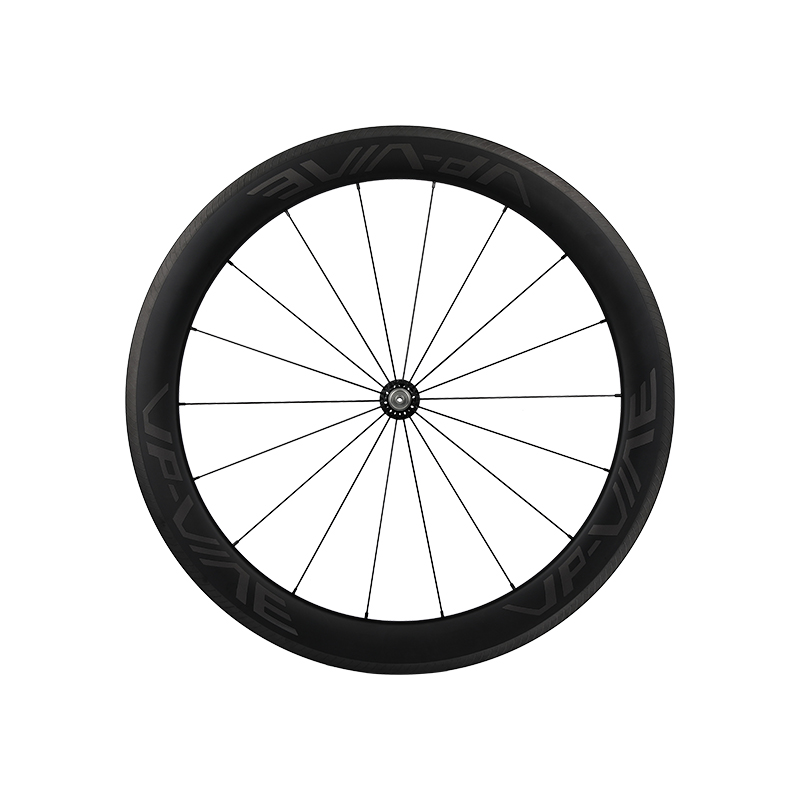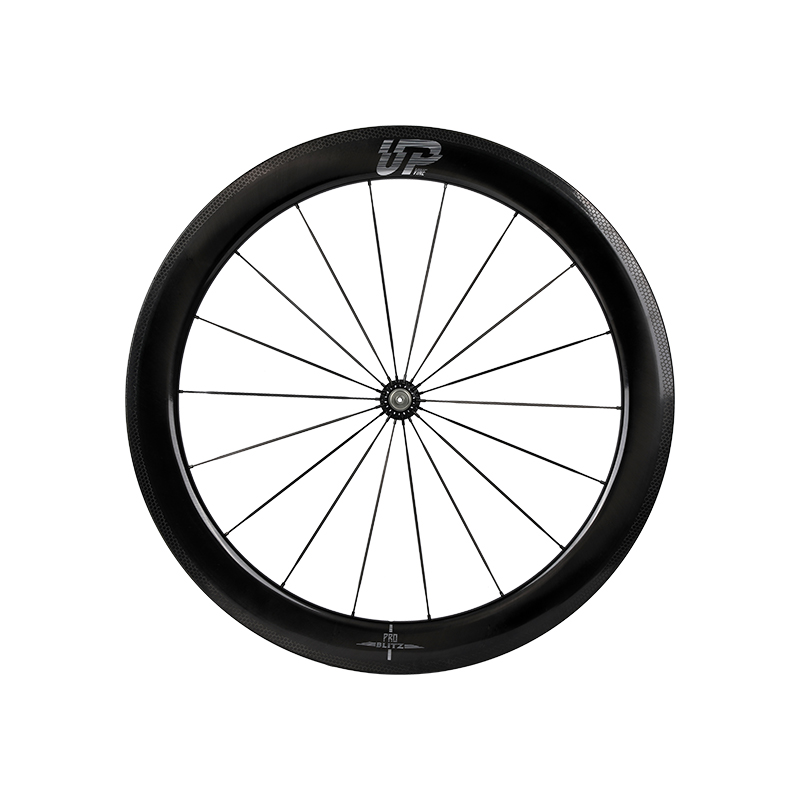The width of a bicycle hub and the type of axle standard play crucial roles in determining compatibility with bike frames and wheels. Hub width, often referred to as Over Locknut Dimension (OLD), is the distance between the outer faces of the locknuts or axle end caps on the hub. This measurement varies based on the bike's intended use and design. For instance, road bikes typically have a front hub width of 100mm and a rear hub width of 130mm or 135mm, depending on whether they are equipped with disc brakes or rim brakes. Mountain bikes, on the other hand, have different standards, with front hubs generally measuring 100mm for older models and 110mm for modern Boost standards. Rear hubs on mountain bikes can vary between 135mm, 142mm, and 148mm, again depending on the specific requirements of the bike and whether it uses Boost standards.
The axle standard is another crucial factor affecting hub compatibility. Quick release (QR) axles are a traditional system where a skewer passes through the hollow axle and is clamped to the frame with a cam mechanism. This setup is common on many road bikes and older models, with typical sizes being 9mm for the front and 10mm for the rear. However, modern bicycles, particularly mountain and high-end road bikes, increasingly use thru-axles. Thru-axles provide a more secure and stiff connection by threading directly into the frame or fork. They come in various sizes, with front hubs usually having 12mm or 15mm diameters and rear hubs commonly 12mm. The length of the thru-axle also varies according to the bike standard, such as 12x142mm for many road bikes and 12x148mm for Boost mountain bikes.

Compatibility between bicycle hubs, frames, and wheels hinges on matching the hub width and axle type with those of the bike's frame and fork. For example, a 148mm Boost rear hub will not fit a frame designed for a 142mm hub without modification. Similarly, a wheel built for a 142x12mm thru-axle will not fit a bike designed for quick release without considerable changes. This compatibility also affects the alignment of disc brake rotors, which is critical for proper braking performance. Therefore, when selecting hubs or wheels, it's essential to ensure that all components are compatible with the bike's standards.
In some cases, adapting to different standards can be done with specific solutions. Some hub manufacturers offer adapters that allow for conversion between different axle standards, although this approach is not always ideal and may affect performance. Additionally, many modern hubs feature swappable end caps, providing flexibility to switch between QR and thru-axle standards. This adaptability can be useful for cyclists who need to transfer wheels between different bikes or wish to upgrade their components while maintaining compatibility across various setups. Ultimately, understanding the interplay between hub width and axle standards is essential for achieving optimal performance and ensuring that all components work seamlessly together.



 Español
Español













